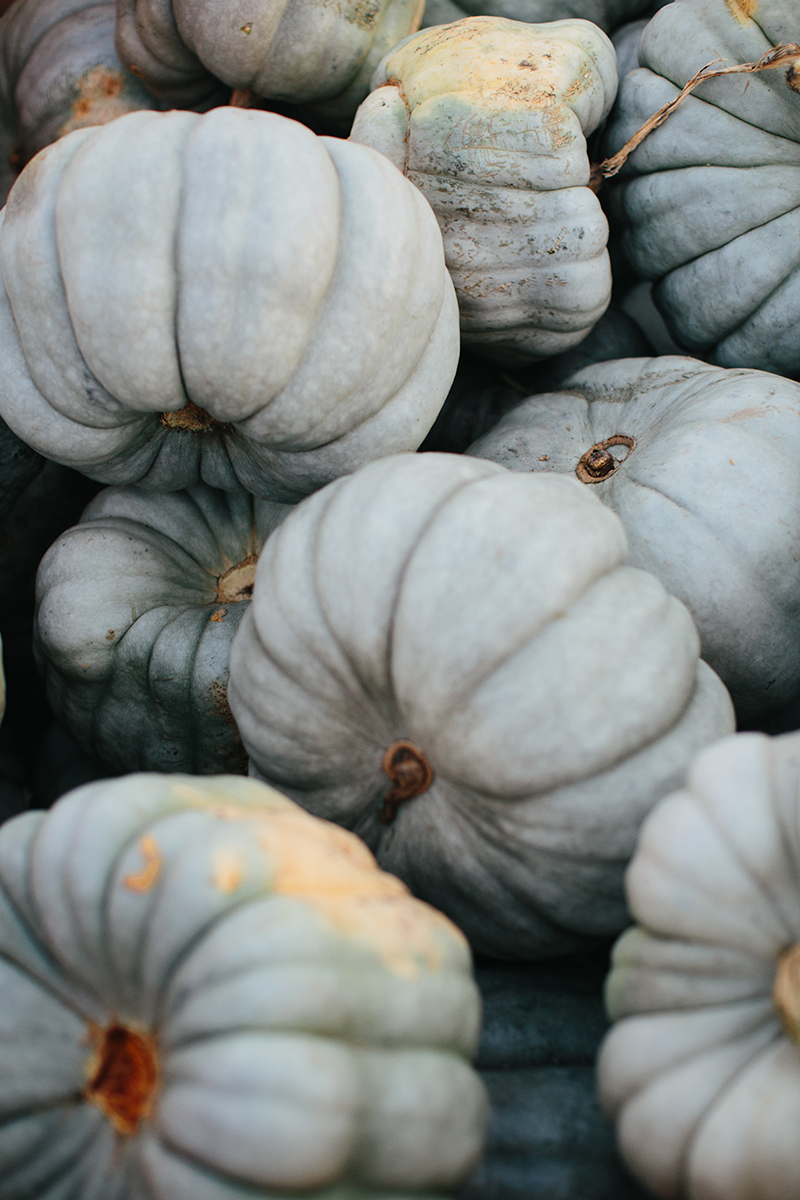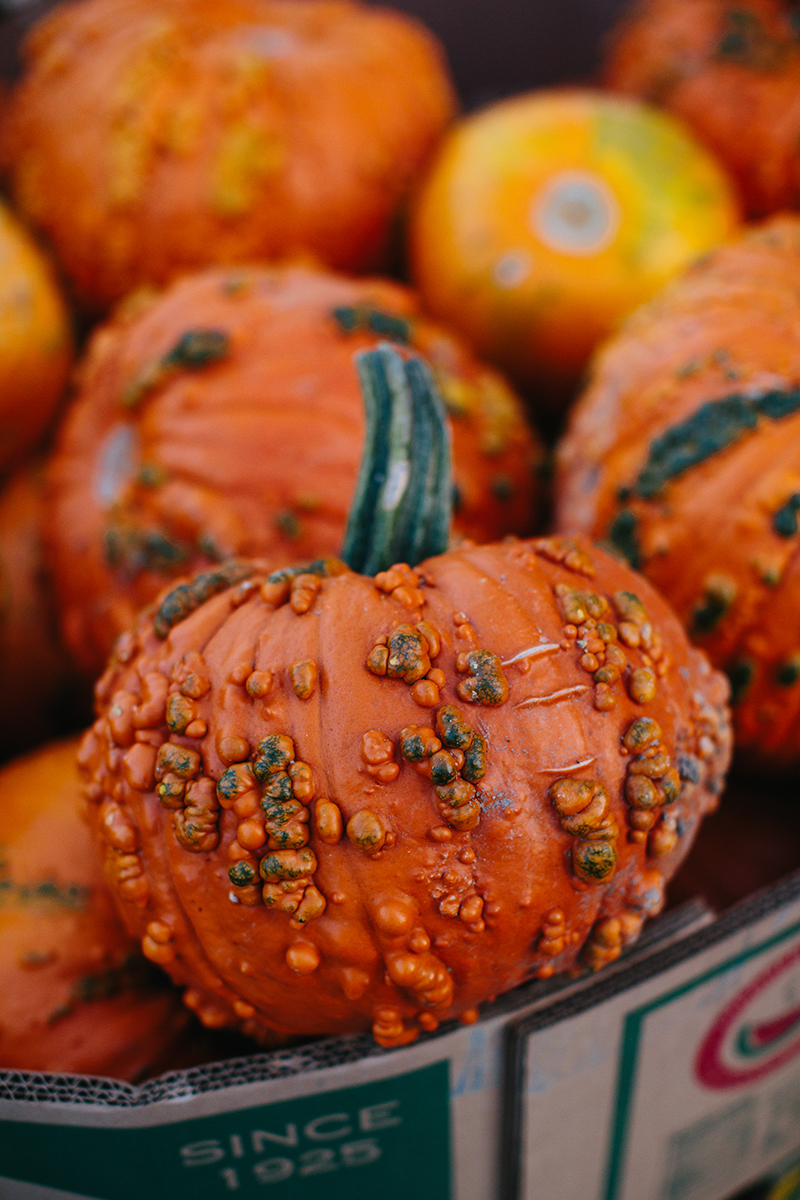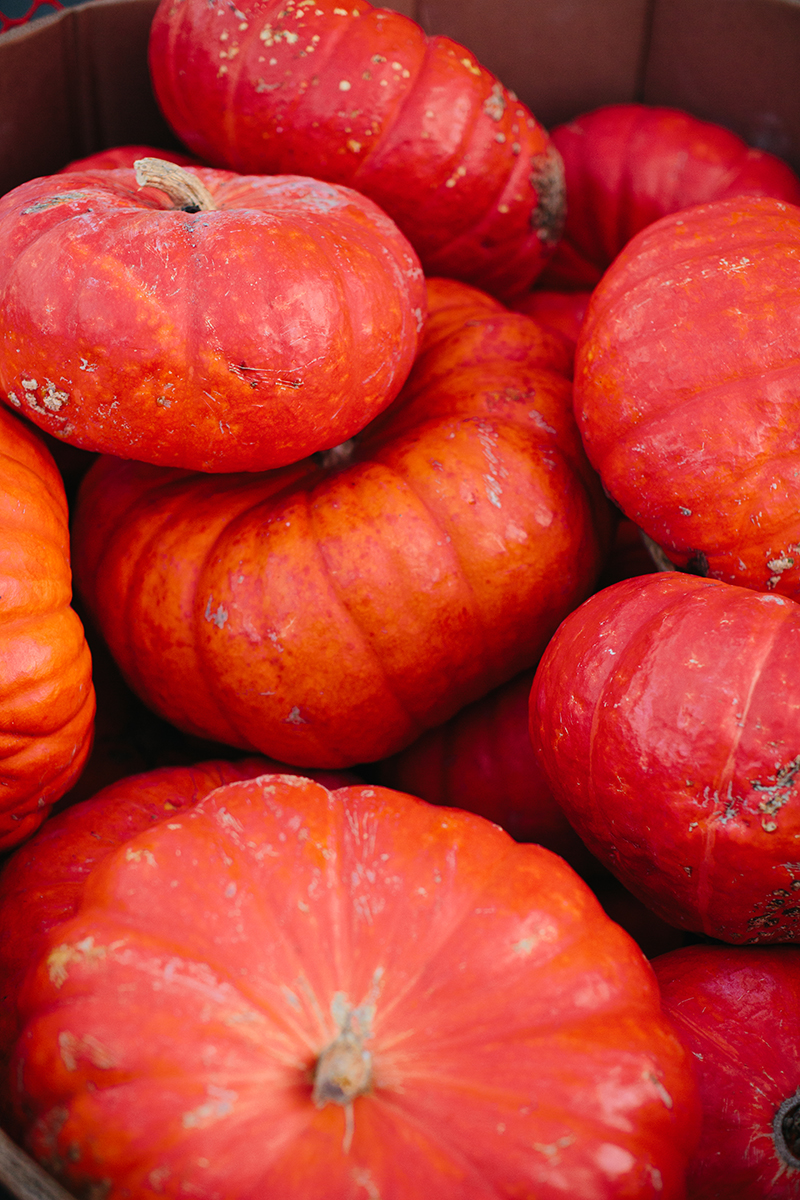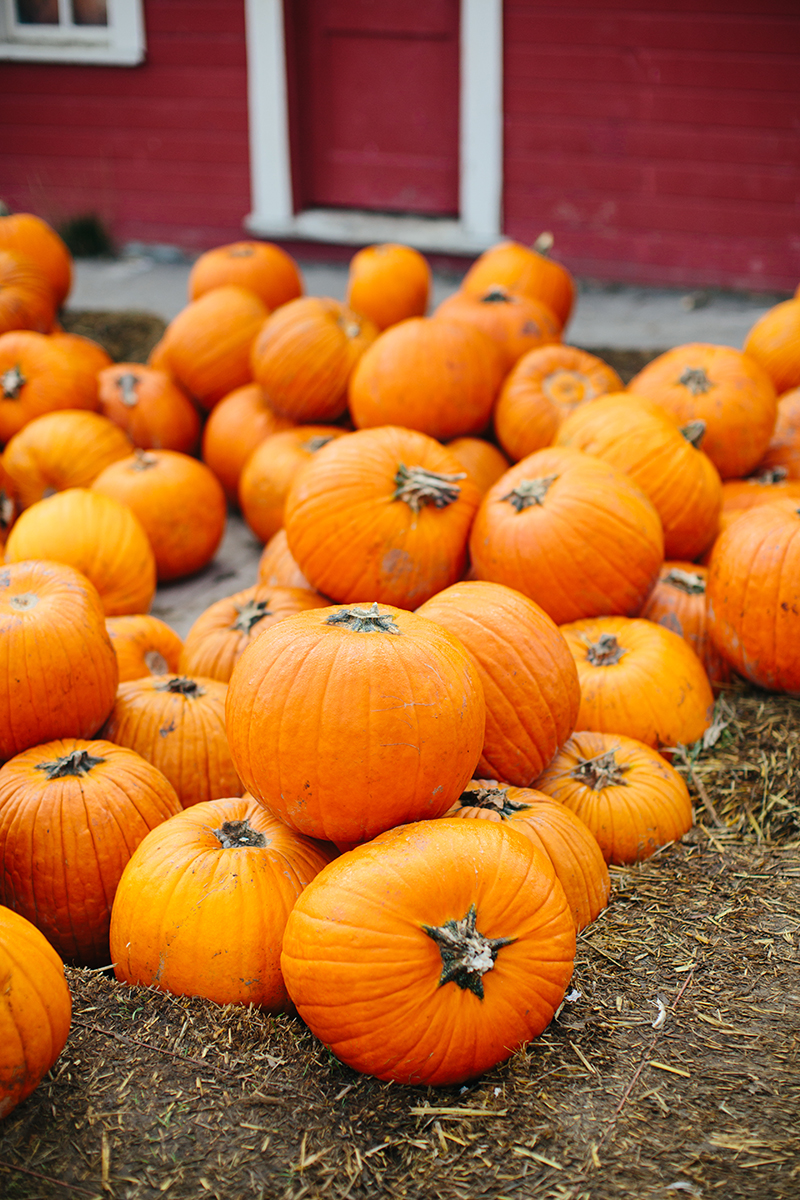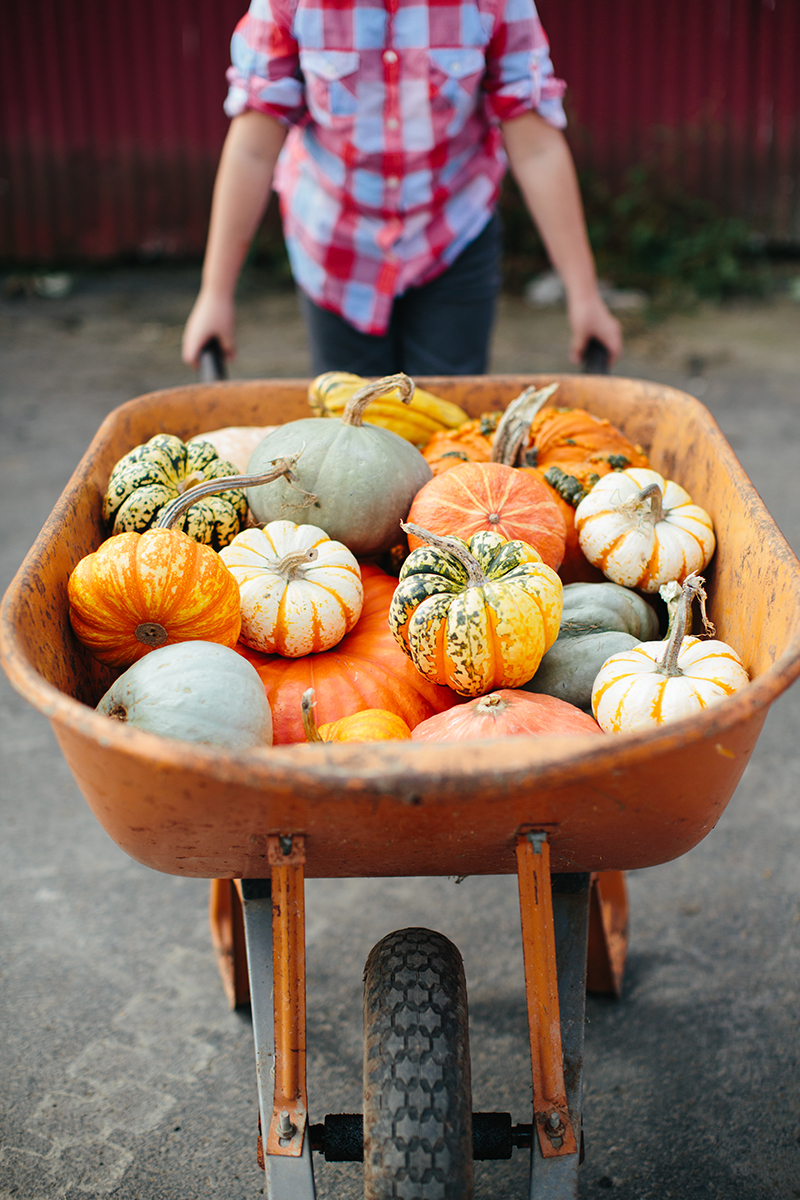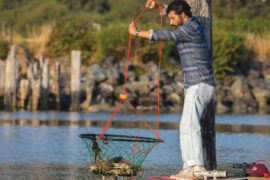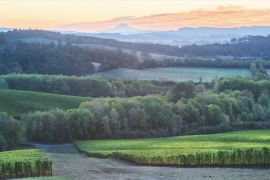written by Sophia McDonald | photos by Cameron Zegers
Home cooks know this truth to be self-evident: Not all pumpkins are created equal. Try to eat the inside of a kid’s carving pumpkin and you’ll be sorely disappointed. The corrugated orange squashes that make such perfect jack-o’-lanterns yield meat that’s stringy, tough and lacking in flavor.
Heirloom pumpkins are a much better choice for soups, side dishes and pies, but it’s rare to find a scary face carved into the side of one. A squat Cinderella or Long Island Cheese pumpkin doesn’t offer much room for a leer outside or a candle inside. Working with a blue-hued Jarrahdale squash or milk chocolate-colored Musquee de Provence doesn’t conjure the same childhood memories.
A tale of two pumpkins
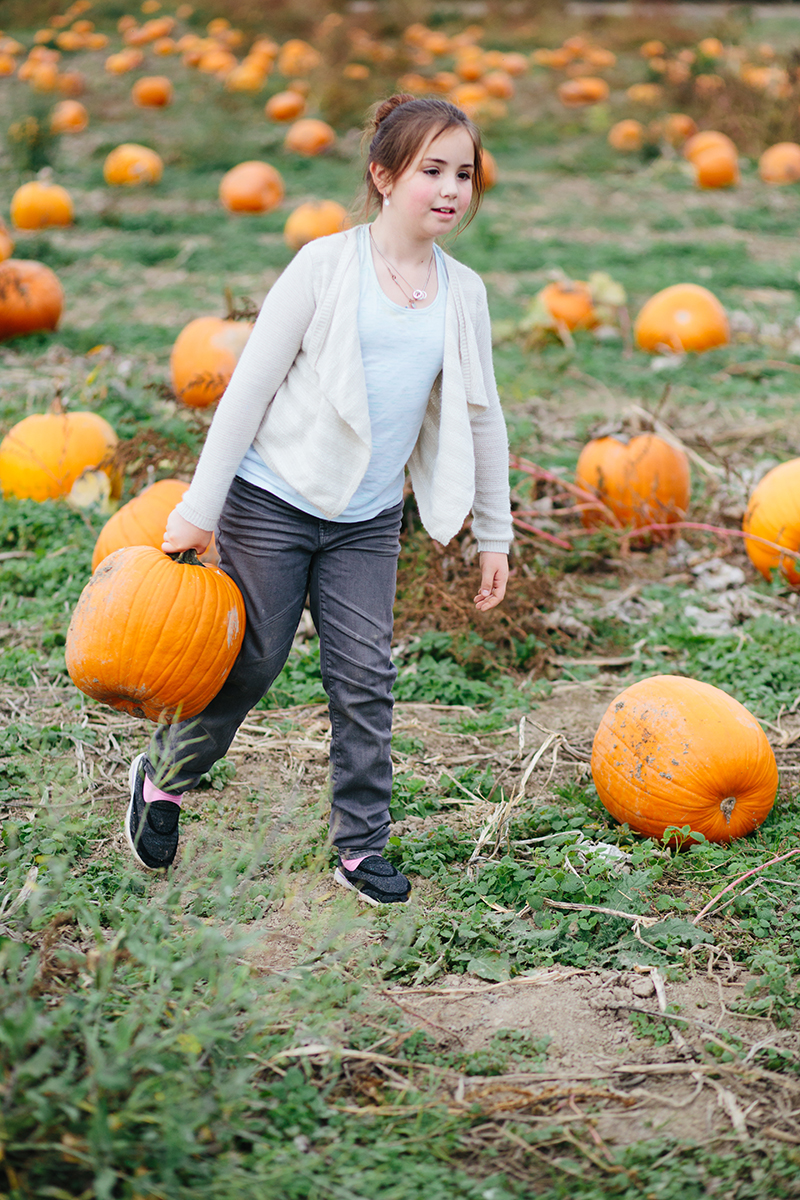
The tale of these two disparate types of pumpkins is told regularly at The Pumpkin Patch on Portland’s Sauvie Island. The farm is a favorite fall destination for families seeking all types of Cucurbitas. “We plant around two million pounds of pumpkins every year,” said manager Joe Kellogg as he walked the muddy, misty fields near dawn. “Here on the island, we have such perfect growing conditions-sandy soil and plenty of water.”
Pumpkins are planted in May or June. The first crop is ready to pick by the end of September. Last year The Pumpkin Patch grew twenty-eight varieties. Besides the traditional jack o’ lantern pumpkin, its biggest seller is a dark orange heirloom called Rouge vif d’Etampes. Other popular choices include Sugar Pie, which is a favorite among pumpkin pie makers, Porcelain Doll, a pink pumpkin and Full Moon giant white pumpkins.
Kellogg is quick to note that heirloom and carving pumpkins have some things in common. “Most people are interested in the heirlooms because they want something different on their front porch,” he said. A One Too Many pumpkin, which looks like a bloodshot eye, or a warty Knucklehead Super Freak creates a different kind of creepy welcome for trick-or-treaters.
Just as heirlooms can have a great decorative function, there is one part of a carving pumpkin that’s eminently edible: the seeds. Clean them, coat them in oil and spices, roast them in an oven and they make a delicious snack.
Like many Oregon farms, The Pumpkin Patch capitalizes on interest in fall farm tourism when pumpkins are at their peak. They set aside twenty-five acres every year for U-Pick and make all the pumpkin varieties they grow available at the store. The farm also has hay rides, corn and hay mazes, and a 1920s dairy barn full of farm animals. “It’s such a great family tradition to come to the farm, and pick out pumpkins and carve them together,” Kellogg said.
Smashing pumpkins
Pumpkins are at the center of another autumn tradition that may not be as familiar to Oregonians. Come October, a number of farm fields become home to acres of smashed pumpkins. According to Jim Myers, a professor of vegetable breeding and genetics at Oregon State University, the cause isn’t mischievous teenagers bent on Halloween shenanigans. These Golden Delicious pumpkins (a variety originally developed in Portland in the 1920s) are produced primarily for their seeds.
“The seed guys have built equipment that will smash the pumpkin and remove the seeds in the field,” Myers said. Extracting the valuable seeds in situ saves farmers the time and expense of hauling in the whole squash. The seeds are in high demand in Asia, where people eat them like sunflower seeds, cracking open the hulls with their teeth, removing the pepitas at the center, and spitting out the rest.
There is a commercial market for Golden Delicious pumpkins among baby food producers, so farmers who can’t stand to watch the pumpkins rot can pull them in for this purpose. Home cooks should also plan to use whole heirloom pumpkins for sweet and savory dishes. Cristina and José Chesa with Portland’s Ataula use their recipe for smoky pumpkin soup as an excuse to cuddle up near the fire on cold days. “We make this when it’s raining, or on those extra gray Portland days, and just watch movies all day,” she said.
Chef Kenny Giambalvo at Pazzo likes adding slices of roasted pumpkin to grilled cheese sandwiches. He suggests cooking the squash before peeling it. “Once it’s roasted and cooled, the outer skin can be removed easily with a paring knife,” he said. “That’s much easier (and safer) than trying to do it while the pumpkin is raw.”


